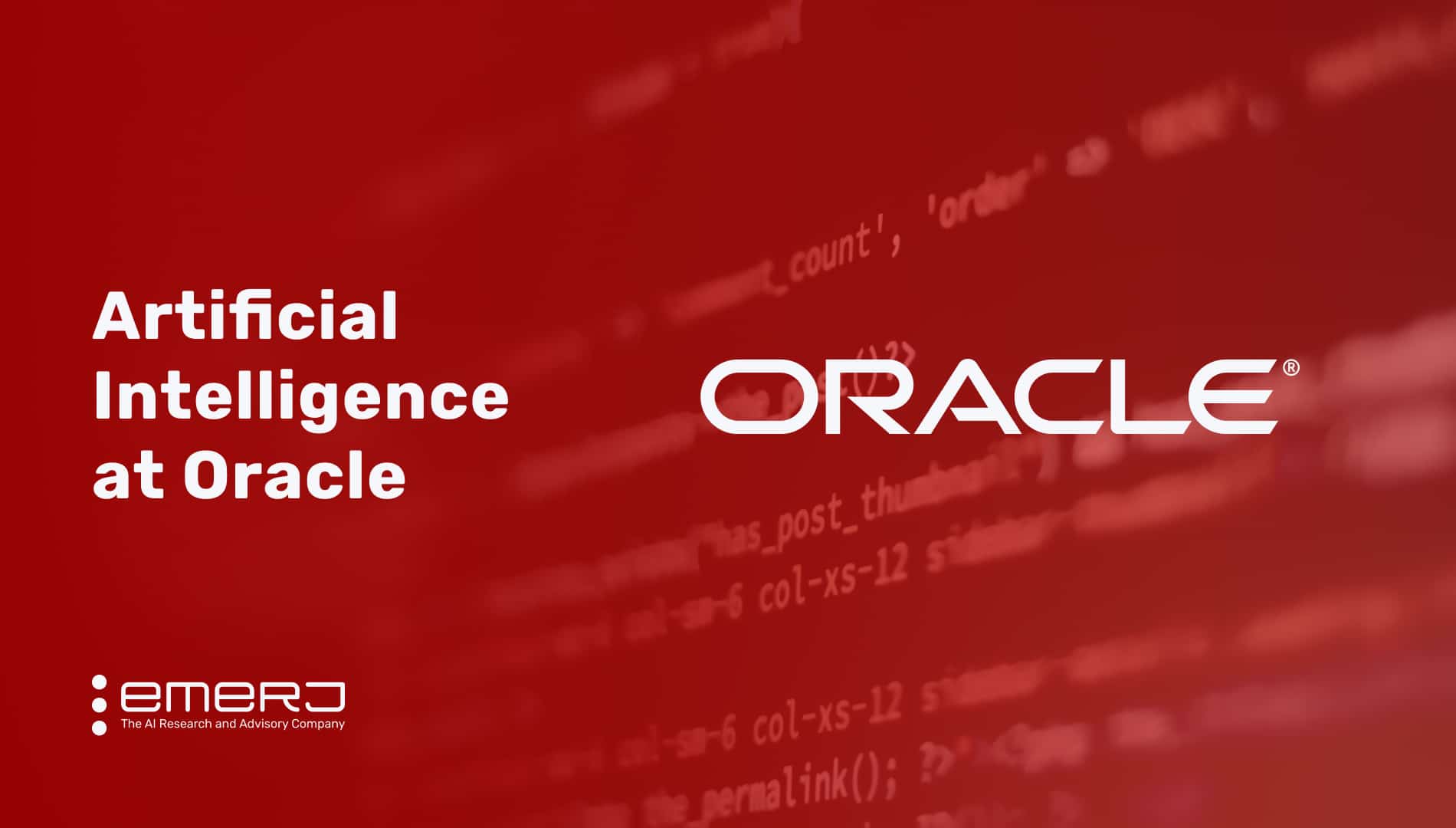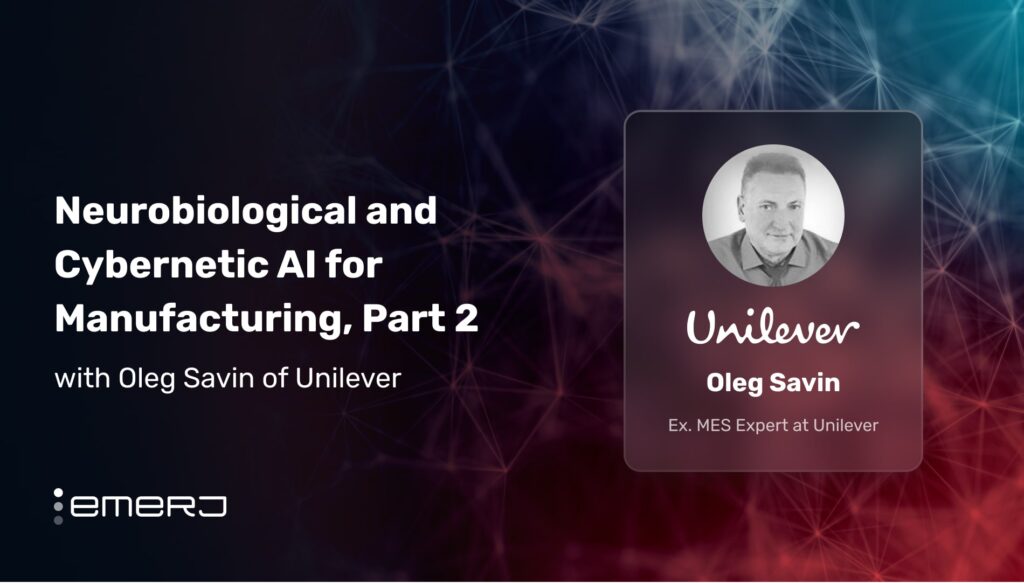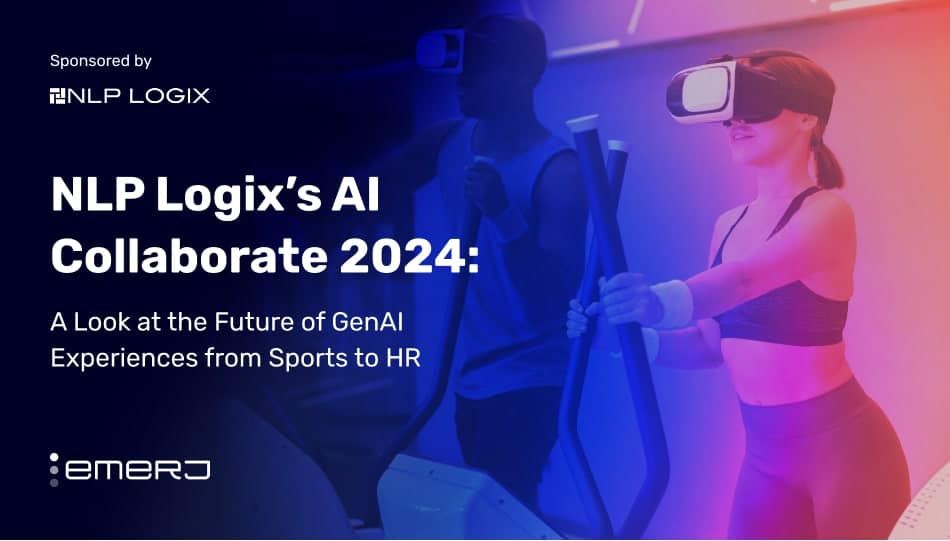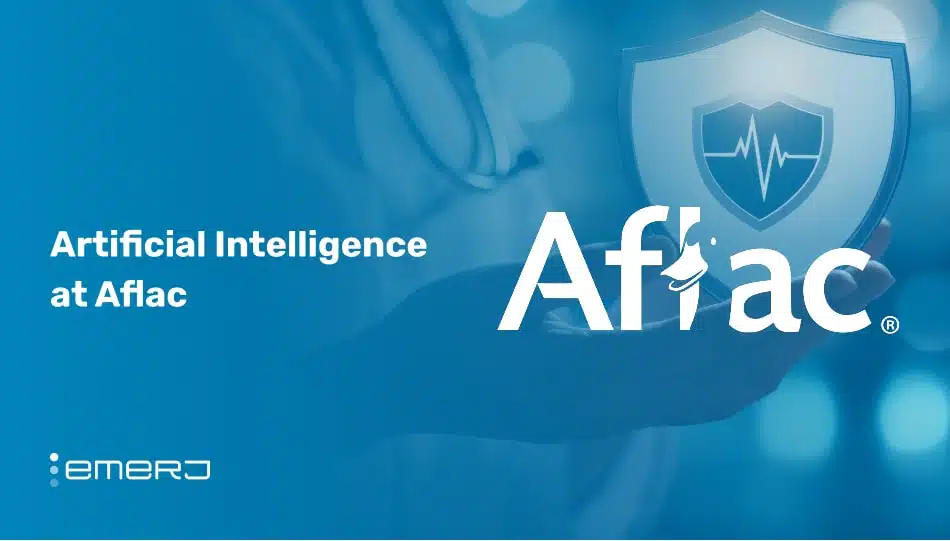Founded in 1977 by a team of engineers led by Larry Ellison, Oracle became the world’s largest database management company by 1987. Today, Oracle claims a long list of innovations including:
- The world’s only autonomous database
- More than 18,500 patents worldwide
- Over 40,000 engineers and developers
- 469 independent user communities in 97 countries
As of 2021, Oracle trades on the NYSE with a market cap that exceeds $235 billion. For the fiscal year ended May 31, 2021, Oracle reported revenues exceeding $40.4 billion, according to its Fiscal Year 2021 10-K filing.
Oracle claims to have committed itself to AI and its future. “By 2027,” Oracle predicts, “75% of today’s S&P companies will be replaced by companies that take advantage of the new tools, new techniques, and new insights of artificial intelligence.”
In this article, we’ll look at how Oracle has explored the applications of AI for its business through two unique applications of AI technology:
- Bringing Speed and Efficiency to the Financial Close — Oracle uses both integration and AI to speed up the financial close and automate time-consuming manual tasks.
- Human Capital Management: Sourcing Talent — Oracle uses AI-enhanced Human Capital Management to reduce time-to-hire and improve the quality of candidate pipelines.
We will begin by examining how Oracle has made the financial close process an area of focus for the AI innovations it claims to have created to help Corporate Finance groups save both time and resources in executing this recurring duty.
Bringing Speed and Efficiency to the Financial Close
Before accounting departments can close the books for a certain period, they must perform a set of sequential steps to ensure that the company’s financial records represent its true financial position. Spanning an average of 4.8 to 10 days every month, according to APQC data reported in CFO Magazine, the financial close represents a significant cost to companies in terms of time, resources, and opportunity costs.
Oracle set out to discover what would happen by automating its financial close process with its integrated, cloud-based Enterprise Resource Planning (ERP) solution with built-in artificial intelligence.
The Oracle video below claims to show how the company has combined AI, machine learning, real-time analytics, machine-driven forecasts, collaboration, and augmented reality to create the solutions that will drive tomorrow’s finance and operations teams.
Says Maria Smith, an Oracle SVP and Corporate Controller:
“The reality is that everything in Oracle is integrated. We have our sub-ledgers integrated, all our other systems like HCM [Human Capital Management], Supply Chain all integrated. We have one data set.”
According to Oracle, that integration, coupled with the introduction of artificial intelligence gives users four competitive advantages:
- Comprehensive and objective predictive planning and forecasting through machine learning
- Efficient AI-enabled automation of manual, time-consuming tasks
- A Natural Language Processing-powered digital assistant that allows users to simplify, speed, and monitor tasks
- Machine learning insights to drive the creation, implementation, and monitoring of new business models and strategies
By bringing AI to the financial close process, Oracle claims that users can explore larger datasets in less time and waste fewer resources on mundane, repetitive tasks. Those time and resource savings could be used to allow employees in corporate finance teams and beyond to focus more on the strategic outputs of their jobs.
Oracle hopes that bringing AI automation to up to 96% of transactions will result in much less time lost in the monthly race to move from the trial balance to the signing off of consolidated financials.
But, does it work? Through implementing its one-day financial close, Oracle claims to have already realized significant benefits, including:
- 42% reduction in manual accounting
- 94% of bank transactions now auto-reconciled
- 75% of account reconciliations fully automated
- 99% reduction in the prep time of global PO accruals
Human Capital Management: Sourcing Talent
Up to seven weeks can pass before a successful candidate receives a job offer, according to research published by LinkedIn in August 2021. The social networking site analyzed the data of more than 400,000 confirmed hires on its platform and ranked, across 15 professions, the time that elapses between applying for a job and being hired. Engineers take the longest time (49 calendar days), administrative personnel the least (33 calendar days).
With US Labor Department data showing job openings growing and remaining unfilled, how do companies, hiring managers, and human resource partners reduce time-to-hire and improve the quality of their candidate pipelines?
To confront this societal problem exacerbated by the pandemic, Oracle offers its Best Candidates tool, one of its AI Apps for Human Capital Management (HCM). The solution, Oracle claims, delivers its value through AI and machine learning algorithms that optimize the candidate selection process by identifying and stack-ranking the candidates that best suit a job requisition.
According to Oracle, the HCM solution integrates information from the following sources:
- Applicant data
- Candidate data
- Employee data
- Job requisition data
- Hiring stage-level decisions
- User feedback to prior candidate recommendations
Below, Gretchen Alarcon, Oracle’s GVP of Product Strategy, discusses how machine learning and AI help Oracle HCM users identify top candidates from a pool of applicants to an open job requisition.
In its Help Center documentation, Oracle claims the natural language processing engine of the Best Candidates tool analyzes the frequency with which words and phrases appear in resumes and job descriptions and then considers the relevancy and context of those findings. The tool then creates mathematical constructs that compare the sources of data to find the best candidate matches for an open job.
By using job requisitions and anonymized résumé data of candidate profiles within the Oracle Human Resources Cloud, Oracle claims that its Best Candidates tool optimizes the effectiveness and efficiency of hiring managers and recruiters and removes bias from candidate listings.
Oracle claims that its Best Candidates tool reduces its customers’ time- and cost-to-hire through the automation of complex tasks like the review of resumes and profiles and matching candidate skills to job requirements.
Oracle does not appear to disclose the time-to-hire efficiencies that its customers may have experienced following the implementation of the Best Candidates tool. However, Oracle does state that the tool “increases recruiters’ productivity, helps reduce the time in the overall candidate selection process, and improves the quality of selected candidates” through its use of AI and machine learning technologies.



















